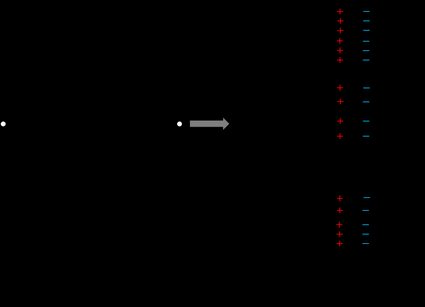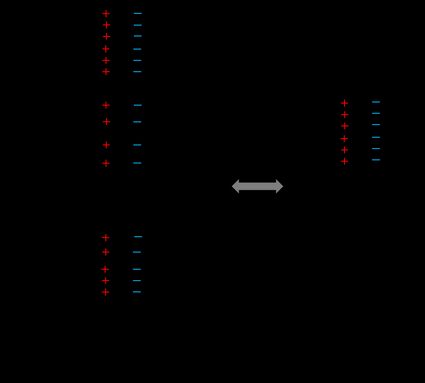Parallel Capacitor Calculator
This parallel capacitor calculator allows you to estimate the resulting capacitance in a circuit. You can simulate the arrangement of up to 10 separate capacitors in parallel.
Additionally, we provide the formula for parallel capacitorsand an explanation of where it comes from. We also describe the differences between capacitors in series and parallel, and how they correspond to the formulas for resistors.
🙋 If in doubt, you can decode any capacitance with Omni's capacitor calculator.
Adding capacitors in parallel
A capacitor is one of the most important electronic components. It acts as a place where we can store some electric charge. Capacitors may be combined both in series and in parallel. The question is: What is the resulting capacitance for a circuit composed entirely of capacitors in parallel? Let's work it out together, using parallel plate capacitors as an example!
🔎 You can read more about parallel plate capacitors in our capacitance calculator.

When we arrange capacitors in parallel in a system with voltage source V, the voltages over each element are the sameand equal to the source capacitor:
V₁ = V₂ = … = V.
The general formula for the charge, Qi, stored in capacitor, Ci, is:
Qi = Vi × Ci.
If we want to replace all the elements with the substitutionary capacitance, C, we need to realize that the overall charge, Q, is the sum of all charges:
Q = Q₁ + Q₂ + …,
which we can also write as:
V × C = V × C₁ + V × C₂ + ….

Dividing both sides by V, we obtain the formula for the output capacity:
C = C₁ + C₂ + ….
As you can see, the capacitors in parallel formula is exactly the same as that for series resistors, which is simply the sum of all the individual components. It turns out that the equation for capacitors in series resembles the one for parallel resistors as well as parallel inductors.
🔎 If you need to arrange capacitors in series, our capacitors in series calculator will save you time!
In general, if we want to construct a system with higher capacitance, we should arrange the capacitors in parallel. On the other hand, if the capacitors are in series, the resulting capacity is lower than any of the individual components.
How to use the parallel capacitor calculator?
Let's arrange a few capacitors in parallel and find the resulting capacitance. The starting set consists of the following capacitors: C₁ = 30 mF, C₂ = 500 µF, C₃ = 6 mF, C₄ = 750 µF.
-
To make our life easier, convert the units of capacitance so they are the same, e.g., mF: C₁ = 30 mF, C₂ = 0.5 mF, C₃ = 6 mF, C₄ = 0.75 mF
-
Sum up all the values: C₁ + C₂ + C₃ + C₄ = 30 mF + 0.5 mF + 6 mF + 0.75 mF = 37.25 mF
-
We can write the result for capacitors in parallel in a different form, using scientific notation:C = 3.725·10⁻² F
Although the evaluation isn't complex, we recommend you use our parallel capacitor calculator to check if your calculation is correct!